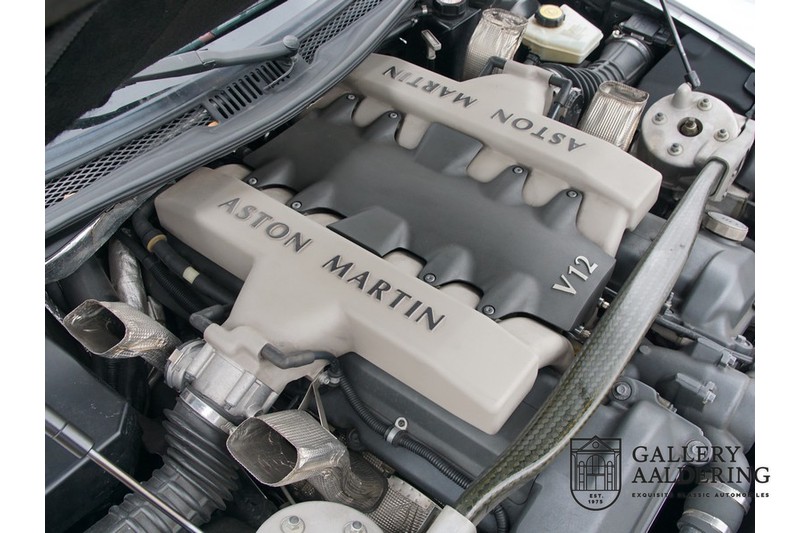ptuomov wrote: ↑Tue Jul 17, 2018 7:53 am So we have this pump gas turbo engine that is now making enough power. The fueling and ignition are also controllable, so it can be tuned. Finally, oiling system is adequate for the intended use.
Next question: Any good ideas about tricks and techniques to make the engine robust to temperatures that would come with high duty cycles. For example, suppose I’d run the car in a fast hill climb event on a hot day. Or a full tank on a jet boat. It’s a car engine, which is just like to make as robust as possible for temperature issues if run very long and very hard.
Add more fuel as temps rise. Period.
I laugh when people say "Oh you can make 400hp from (stock 1.6l engine) all day". Oh yeah? Bring the coolant temps up to 100-110c, oil temps 10c higher, put it on an engine dyno at max power, and hold it there for a half hour. Then we will see who can make power "all day" and who is pouring their pistons out of the oil drain plug if held to that power for longer than a 10 second dragstrip pass, half of which is spent feathering the throttle for lack of grip.






